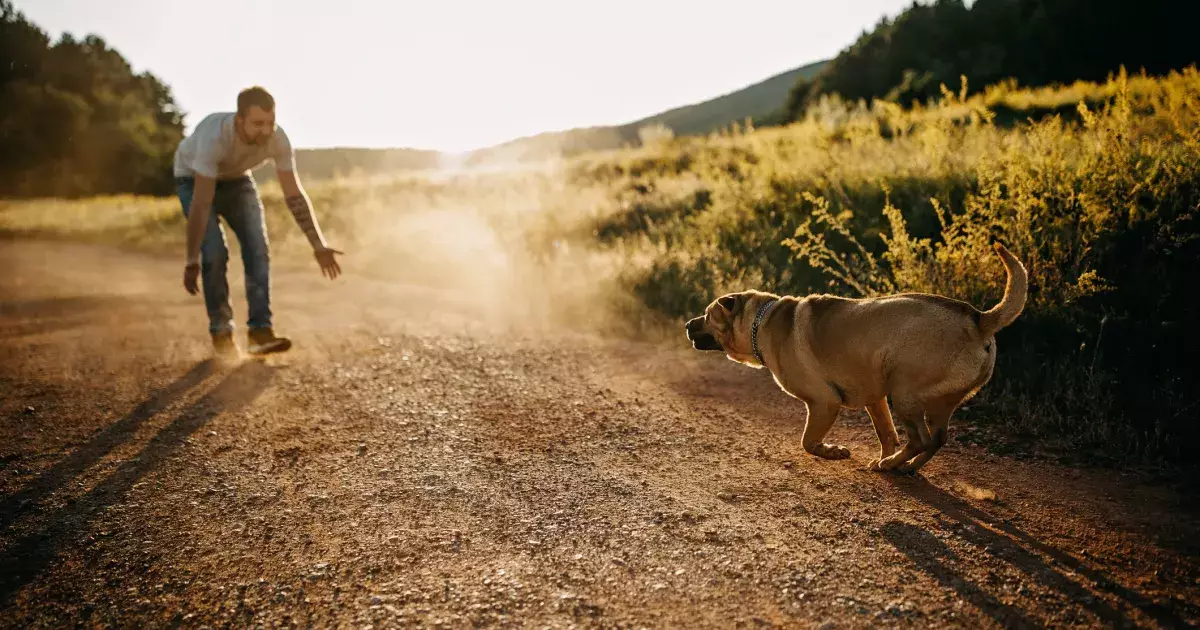Teaching your dog the reliable recall command, often referred to simply as “come,” is not just a training milestone; it is a critical skill that enhances your dog’s safety and your peace of mind. A solid recall can prevent embarrassing moments at parks and ensure your dog stays safe in varied environments. This article will explore effective methods to teach recall, common mistakes to avoid, and practical strategies to reinforce this command consistently.
Recall is fundamentally about communication between you and your dog. It allows your pet to respond to you when called, creating a sense of security and ensuring their safety in open spaces. Whether you’re at the dog park or on a hiking trail, a reliable recall can prevent your dog from running into hazardous situations or becoming uncontrollable in exciting environments. The ability to call your dog back is not just a convenience; it’s an essential safety measure that every dog owner should prioritize.
Creating a Training Environment
Start your recall training indoors or in a securely fenced yard, where distractions are minimal. A chaotic environment can confuse your dog and disrupt their learning process. Once your dog is comfortable responding to recall in a controlled space, you can gradually integrate distractions to help them generalize the command to different contexts. Begin with familiar settings and progressively work up to more exciting environments to ensure that your dog understands the command in various situations.
To initiate the recall, stand a few feet away from your dog and invite them to approach you. Position a treat within your hand, squat down to their level, and open your arms to signal your excitement. Use a cheerful vocal tone, employing phrases like “come!” which will encourage them to move toward you. The moment your dog begins to approach, offer immediate praise to maintain a positive atmosphere. This positive reinforcement drives home the pleasure associated with coming when called.
Reinforcement Techniques for Successful Recall
Frequency of repetition is key in mastering the recall. After your dog successfully reaches you, immediately reward them with the treat and affectionate praise. However, it’s crucial to vary the rewarding routine slightly over time. Initially, reward your dog every time they come when called. However, after they show consistent responses, start offering treats sporadically. This unpredictability can make the process more engaging for your dog, as they will remain motivated to return each time.
If your dog does not respond to the recall, avoid reprimanding them. Instead, redirect their attention to your voice by calling their name again. Start moving away from them to stimulate their curiosity. Incorporating playful gestures or actions, like jogging backward or clapping your hands, may entice them to follow. When your dog makes any effort to come closer, shower them with praise immediately. This approach creates a positive connotation surrounding the recall command.
Avoiding Common Training Pitfalls
While you might be eager to teach your dog the recall command, it’s essential to acknowledge common pitfalls that can hinder your progress. An essential principle is to never punish your dog for returning. If you’ve been inadvertently coupling the recall with negative experiences—such as ending their playtime or a trip to the vet—your dog will start to associate coming to you with undesirable outcomes. This association can dramatically reduce their willingness to respond to your calls.
When your dog’s responding to recalls starts to diminish, evaluate the surrounding distractions. It may be necessary to decrease the level of distractions momentarily, either by moving closer to your dog or conducting the training session in a quieter space. Remember, consistent results come from securing small successes rather than overwhelming your dog with distractions too soon.
After successfully teaching your dog to respond to the recall indoors, it’s time to experiment with real-world scenarios. Begin practicing recalls during walks, playing games, or at the dog park while keeping your dog leashed. Pay attention to how they respond, and provide consistent rewards when they succeed. Make sure to create opportunities for them to play freely, as this reinforces their desire to return to you amidst all the excitement around them.
As your dog becomes more adept at recall, you can gradually increase the difficulty of the scenarios. Begin to introduce longer leashes and eventually offer freedom in a safe area where they can roam. When confident, let the dog off-leash with the understanding that you will continue to practice recalls regularly throughout your activities together.
Establishing a reliable recall command requires patience, consistency, and an understanding of the dog’s perspective. By focusing on positive reinforcement and gradually introducing challenges, you can create a solid foundation for this vital command. Remember to maintain a fun and engaging training environment for your dog, as this will not only make the process enjoyable but will ensure your furry companion is always ready to come when called. Start today, and witness the transformation in your dog’s responsiveness and bond with you.

